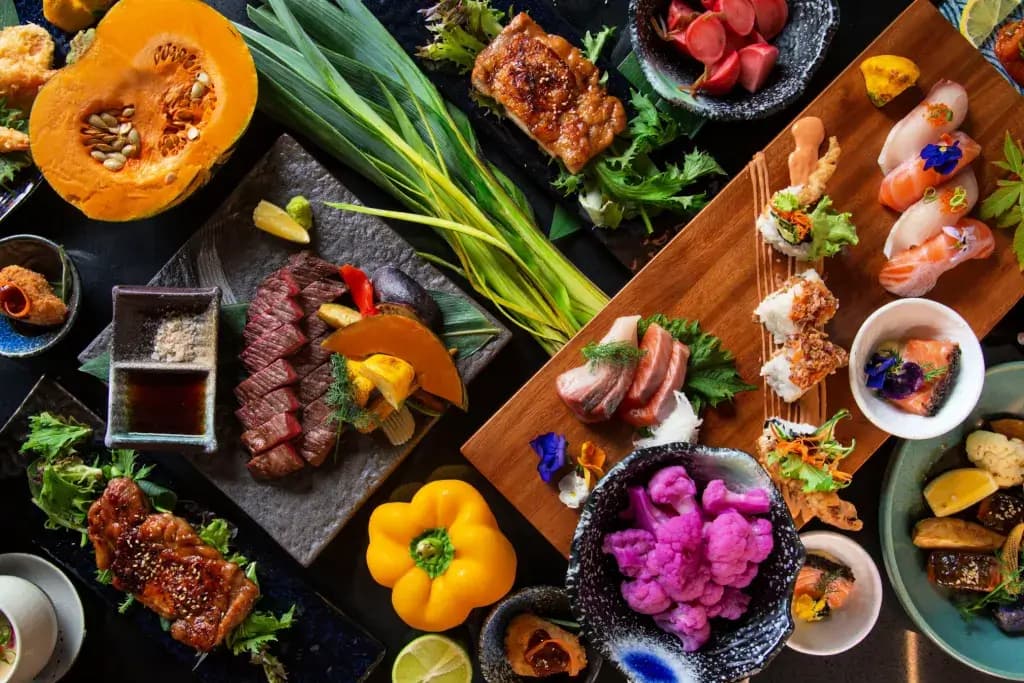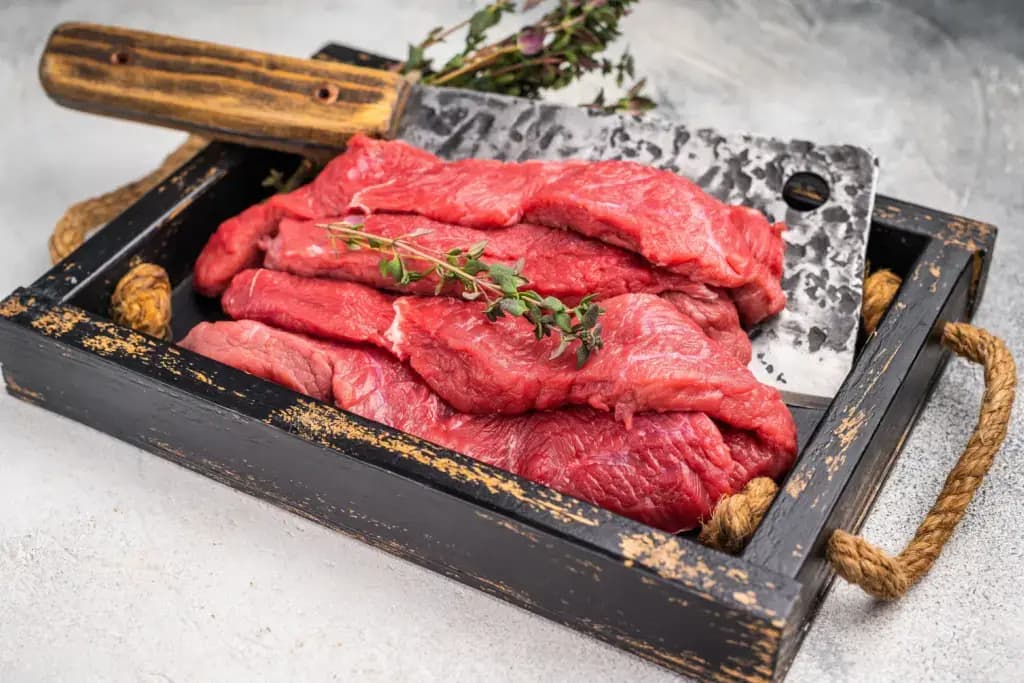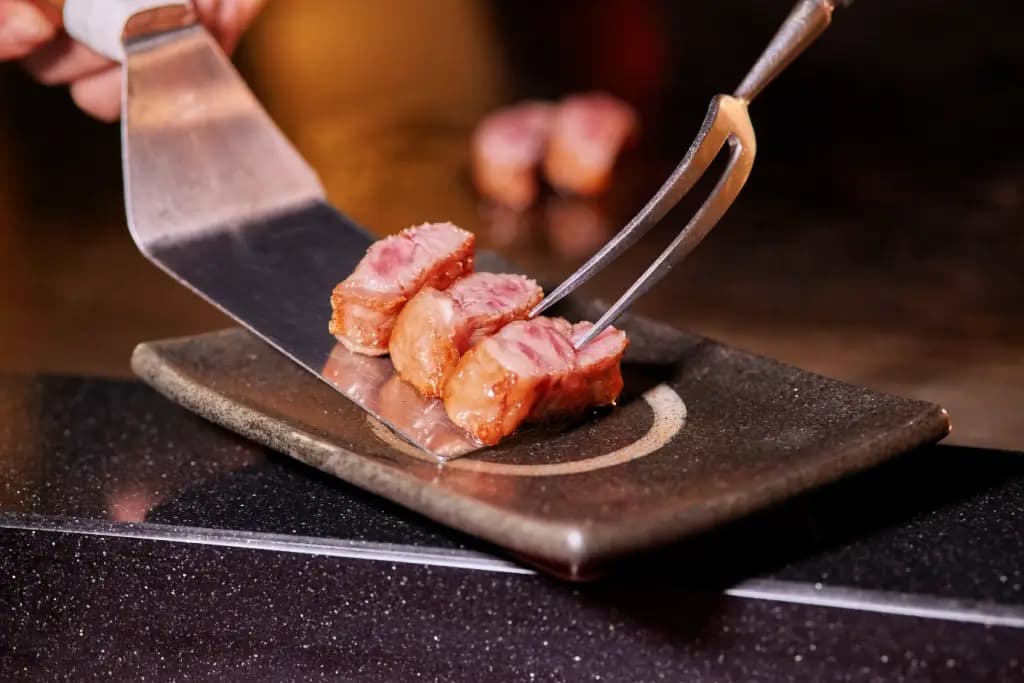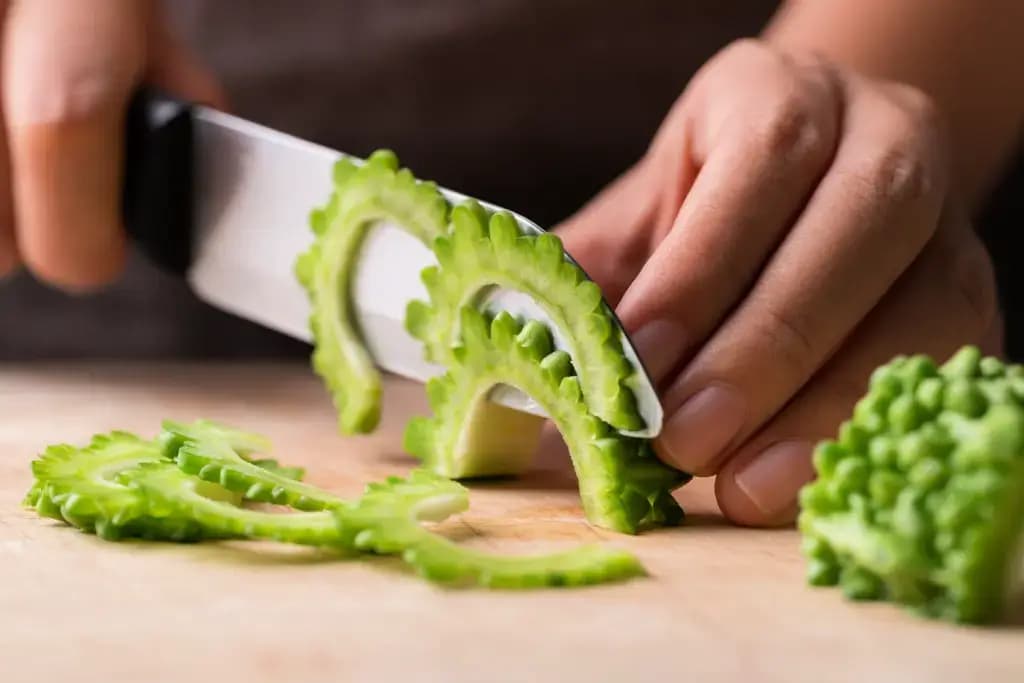

2025 OCTOBER 16
.James Lau
Kaiseki Dinner: The History and Evolution of This Cuisine!
The kaiseki dinner is one of Japan’s most celebrated traditions, known for its elegance, balance, and connection to the seasons. Originating centuries ago, it grew into a refined multi-course meal that combines taste, presentation, and culture.
Each dish highlights fresh, seasonal ingredients prepared with precision and artistry! Today, kaiseki is enjoyed in both traditional settings and modern restaurants that offer new interpretations.
Origins of the Kaiseki Dinner
The roots of kaiseki can be traced back to the Japanese tea ceremony. In the 16th century, the tea master Sen no Rikyū emphasized the importance of simplicity and hospitality, leading to the creation of light meals served before tea. These meals, known as kaiseki, featured modest, seasonal dishes designed to balance the bitterness of matcha. Over time, this practice became a cornerstone of Japanese hospitality.

As kaiseki developed, it moved beyond the tearoom and into the world of fine dining. Court chefs and restaurants refined the concept into multi-course meals that highlighted Japanese aesthetics. Dishes were arranged to reflect nature, often inspired by poetry and seasonal changes. This transformation enabled kaiseki to evolve from a humble accompaniment to tea into Japan’s most refined culinary art.
Kaiseki Through the Edo and Meiji Periods
During the Edo period (1603–1868), kaiseki cuisine became more elaborate and developed a distinct structure. Chefs began standardizing the sequence of dishes, starting with appetizers and progressing through soups, sashimi, grilled foods, and other courses. Seasonal ingredients continued to guide the menu, reinforcing the connection between food and the natural world. Wealthy patrons and samurai families valued these meals, seeing them as symbols of refinement.

In the Meiji period (1868–1912), Japan’s opening to the West influenced kaiseki presentation and ingredients. French cuisine in particular inspired new techniques and course structures. However, the focus on balance and seasonality remained unchanged. Kaiseki became a blend of tradition and innovation, adapting without losing its cultural foundation. This adaptability ensured its survival through a rapidly modernizing Japan.
The Structure of a Kaiseki Dinner
One of the most fascinating aspects of kaiseki is the order of courses. A traditional kaiseki meal typically begins with a small appetizer, followed by a clear soup known as suimono. Next comes sashimi, showcasing the season’s freshest fish. After this, grilled and simmered dishes appear, often featuring vegetables, fish, or seasonal proteins. Rice, pickles, and miso soup typically mark the end of the savory courses.

Dessert typically concludes the meal, often featuring fruit, wagashi (traditional Japanese sweets), or a light jelly. The sequence of dishes is carefully arranged to create a balance of taste, texture, and temperature. Kaiseki chefs design the meal to flow naturally, leading diners on a journey through the season. Each plate is also carefully chosen to visually match the food, highlighting the colors and themes of the moment.
Are you looking for great knives to craft a kaiseki dinner? Check out ZAKU! ZAKU has authentic knives handmade in Japan for all of your culinary needs!

Kaiseki in the Modern Era
In the 20th century, kaiseki gained global recognition as Japan promoted its food culture abroad. Michelin-starred restaurants in Kyoto and Tokyo introduced kaiseki to international travelers. Chefs continued to preserve classical techniques while also experimenting with presentation. Seasonal menus remained central, highlighting local specialties to foster a connection with regional pride. Today, kaiseki is not only a tourist attraction but also a cultural experience.

Modern kaiseki meals often follow a set pattern of courses, but creativity plays a larger role than ever before. Some chefs experiment with non-traditional ingredients or modern plating styles. Others pair kaiseki dishes with wine instead of sake, showing flexibility in contemporary dining. Despite these updates, the essence of kaiseki—seasonal, balanced, and artful—remains intact.
New Trends in Kaiseki Cuisine
One trend in recent years is the integration of global flavors into kaiseki dining. Chefs may use truffles, caviar, or Western herbs alongside Japanese ingredients, creating new interpretations without losing the traditional format. This global influence attracts younger diners and international visitors. At the same time, chefs use these opportunities to showcase Japanese culinary techniques on a broader stage.
Sustainability is another trend shaping modern kaiseki. Restaurants are becoming increasingly mindful of food waste, sourcing local ingredients, and highlighting underutilized produce. This connects with the original spirit of kaiseki, which values nature and seasonality. By focusing on local and sustainable dining, chefs ensure kaiseki continues to thrive in the new era.

Why People Should Try Kaiseki Cuisine
Experiencing kaiseki allows people to connect with Japan’s culture in a meaningful way. Each dish is carefully chosen to represent the season, offering a snapshot of nature on the plate. The balance of colors, textures, and flavors makes the meal not just food, but a work of art. It is also an opportunity to taste traditional ingredients that may not be commonly found in everyday Japanese cuisine.
Kaiseki is also about the dining experience itself. Meals are often served in serene settings, with hospitality that reflects Japan’s omotenashi, or spirit of care. The pacing of the courses encourages guests to slow down and enjoy each detail.
Overall, sharing a kaiseki meal can also create lasting memories, whether as part of a memorable trip or a celebration. For anyone curious about Japanese food culture, kaiseki is an unforgettable way to explore it. Have you ever tried kaiseki before? How was your experience? Let us know in the comments below!


















